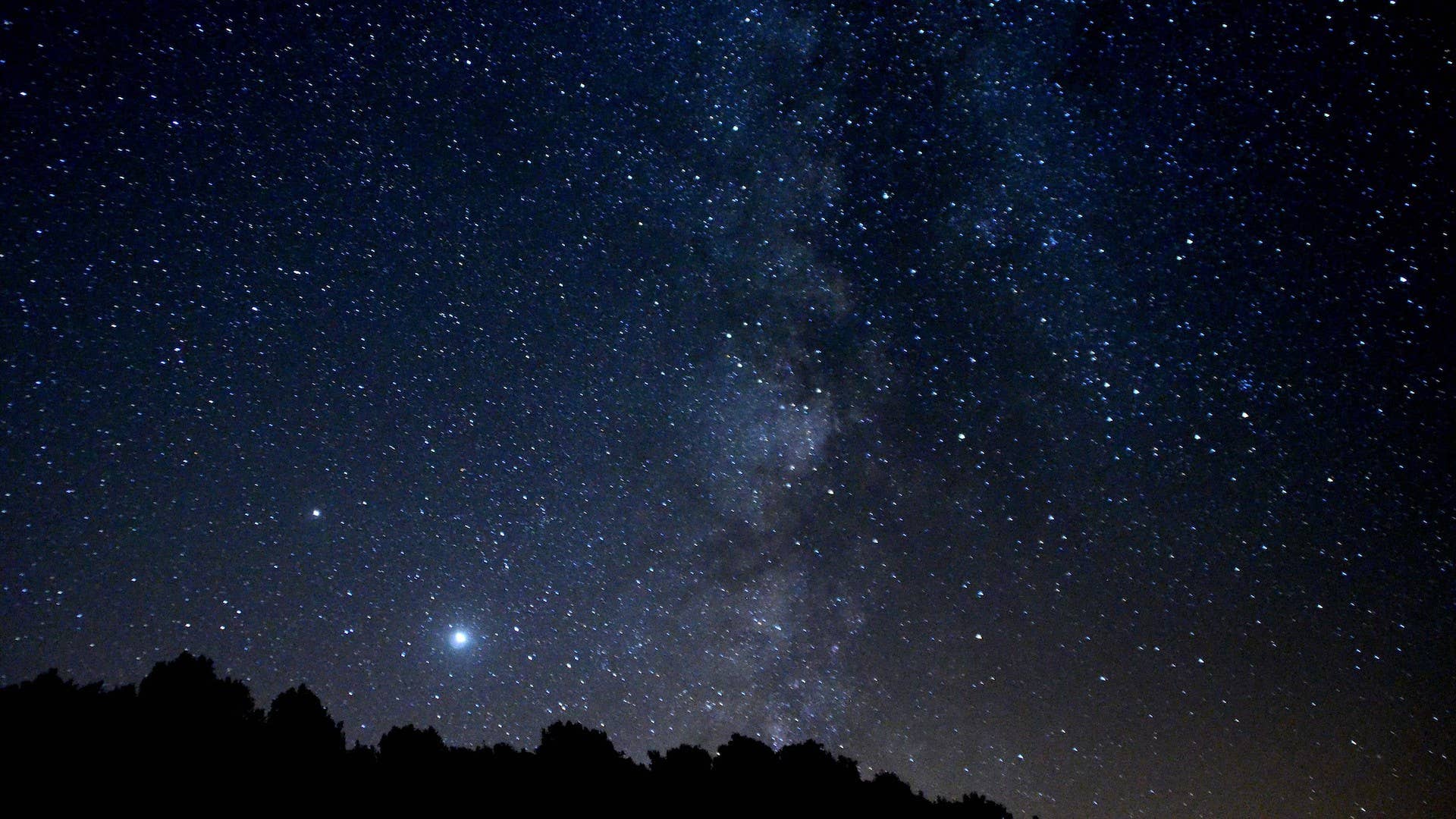
There’s a lot more out there than this little mess of a planet. A new, breakthrough artificial intelligence technology has helped British researchers identify 50 new planets.
According to CNN, astronomers and computer scientists from the University of Warwick accomplished the technological feat after building a machine learning algorithm to sift through old NASA data. The data contained information about thousands of potential planet candidates.
Being able to spot new planets outside of our solar system is difficult for scientists, who rely on dips in light to indicate a planet crossing a telescope's line of sight. As CNN points out, the light dips could be indicative of exoplanets or many other factors, including errors, making it hard for researchers to confirm which are actually planets.
However, the new AI created at the University of Warwick is able to spot the difference. It was used to dig through old data collected by NASA’s retired Kepler Space Telescope, which collected information on a 9-year space exploration. British researchers trained the AI to spot the difference between errors and real planets. After analyzing the old data sets, it was able to find 50 previously unconfirmed exoplanets, the first breakthrough of its kind in the field.
"In terms of planet validation, no-one has used a machine learning technique before," David Armstrong, one of the study's lead authors, said in a news release. "Machine learning has been used for ranking planetary candidates but never in a probabilistic framework, which is what you need to truly validate a planet."
The planets vary in size and distance from our humble solar system. With the new identifications, scientists can turn their attention to these planets for further research. Researchers also now know they can use this type of artificial intelligence on future telescope missions to help spot planets.
"We still have to spend time training the algorithm, but once that is done it becomes much easier to apply it to future candidates," he said.
According to the study, published in the Monthly Notices of the Royal Astronomical Society, the algorithm could "validate thousands of unseen candidates in seconds.”

